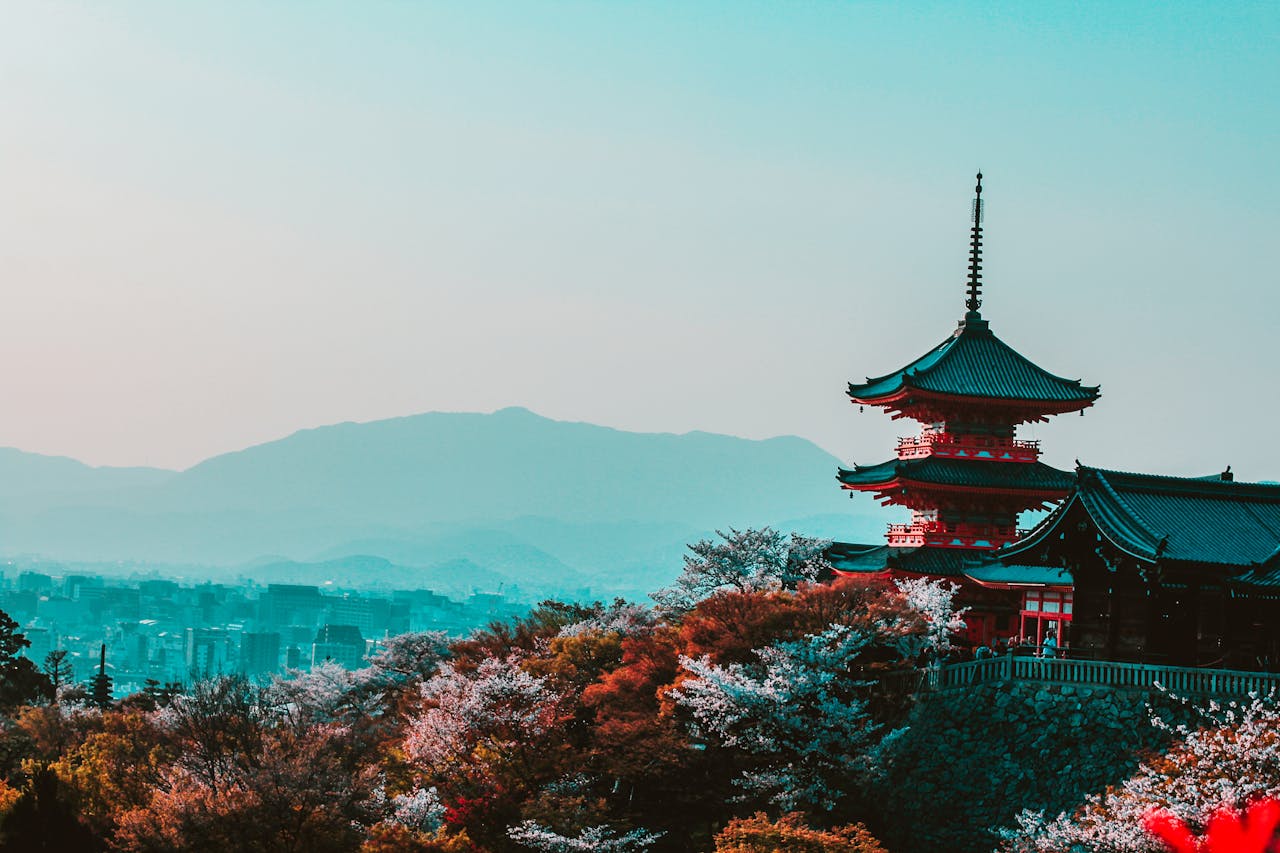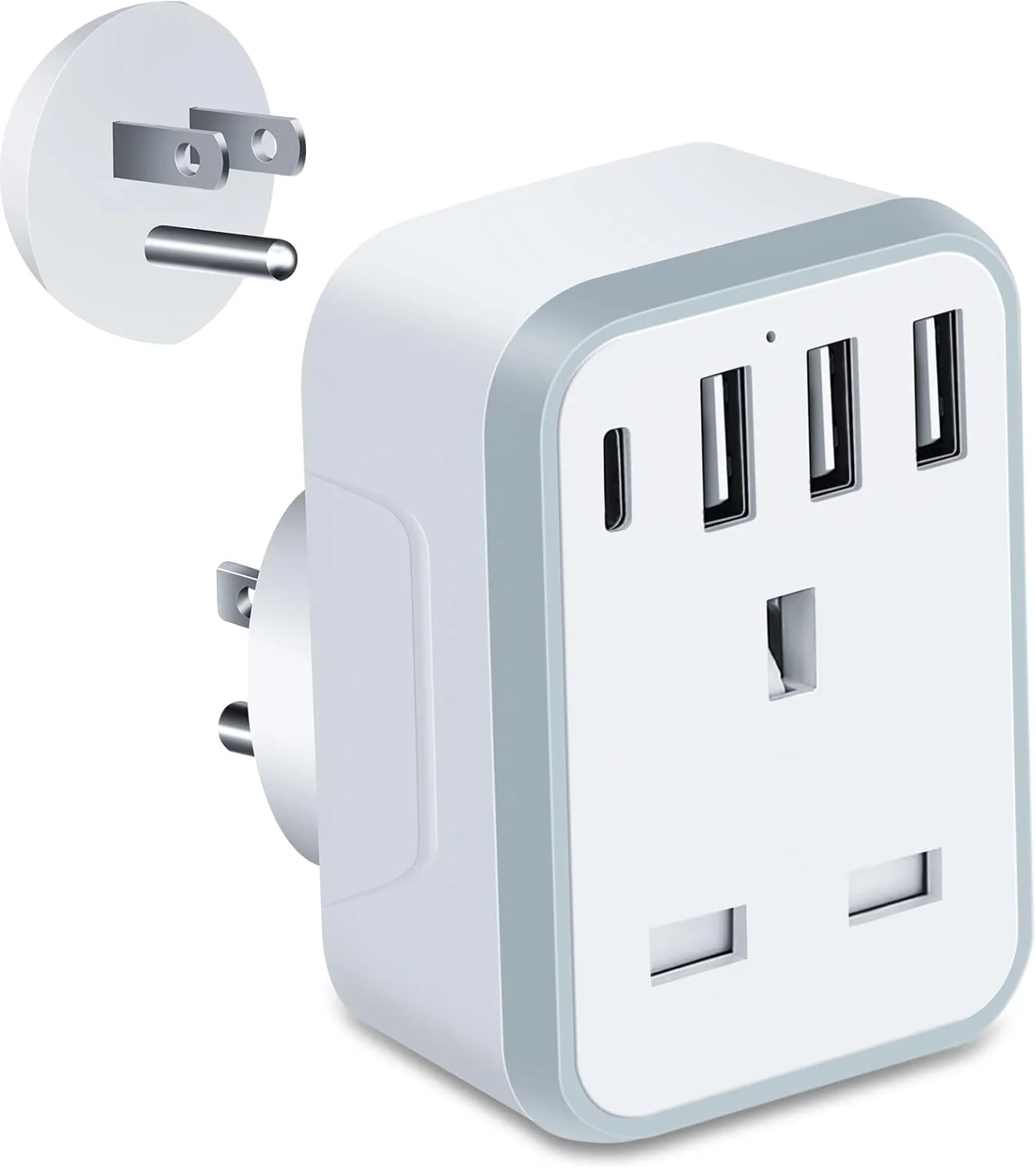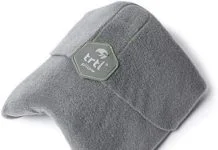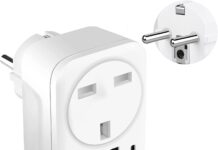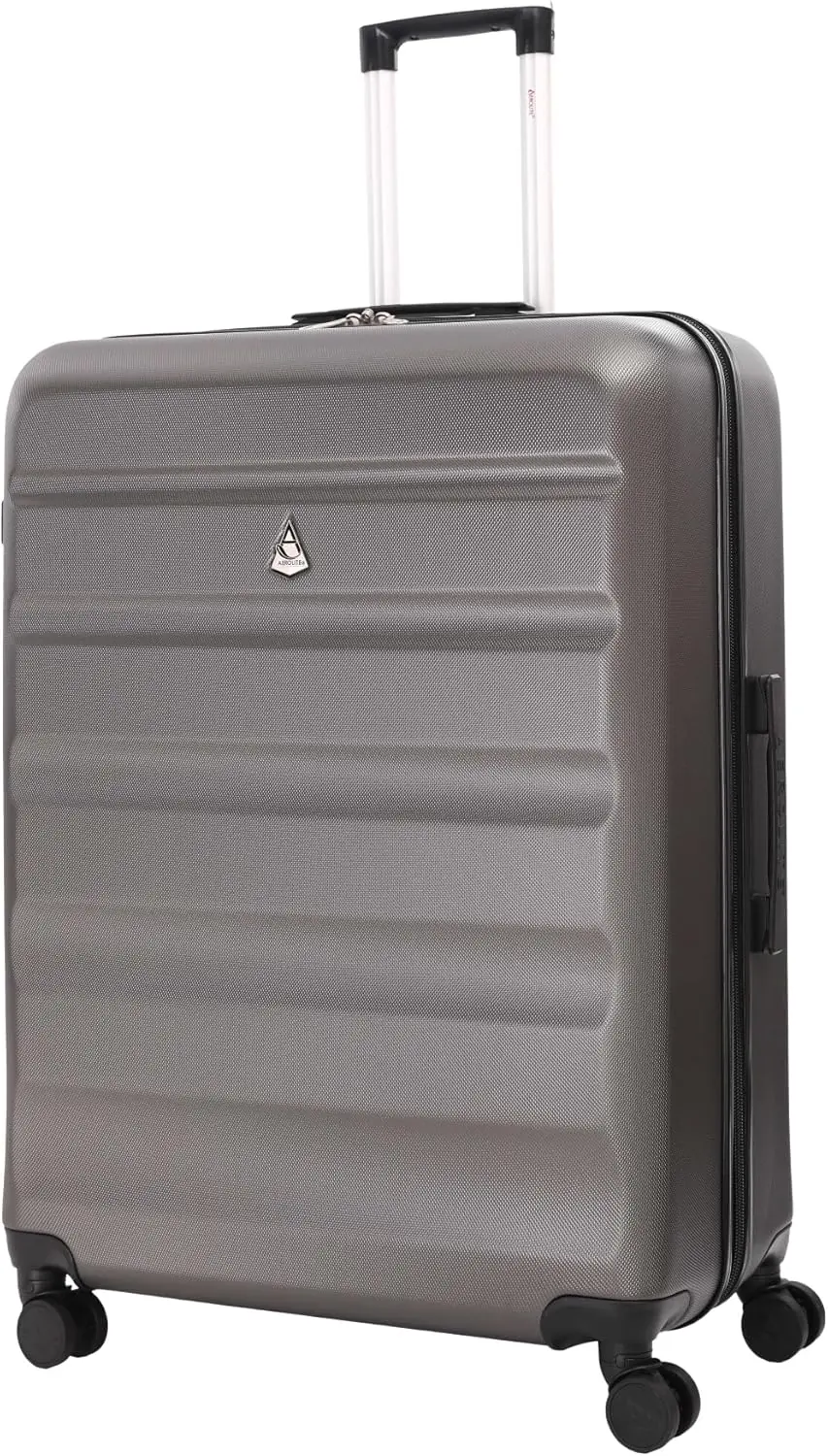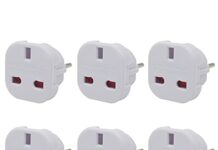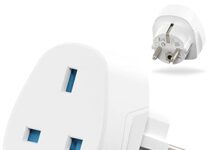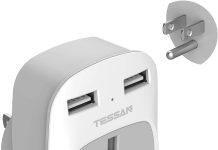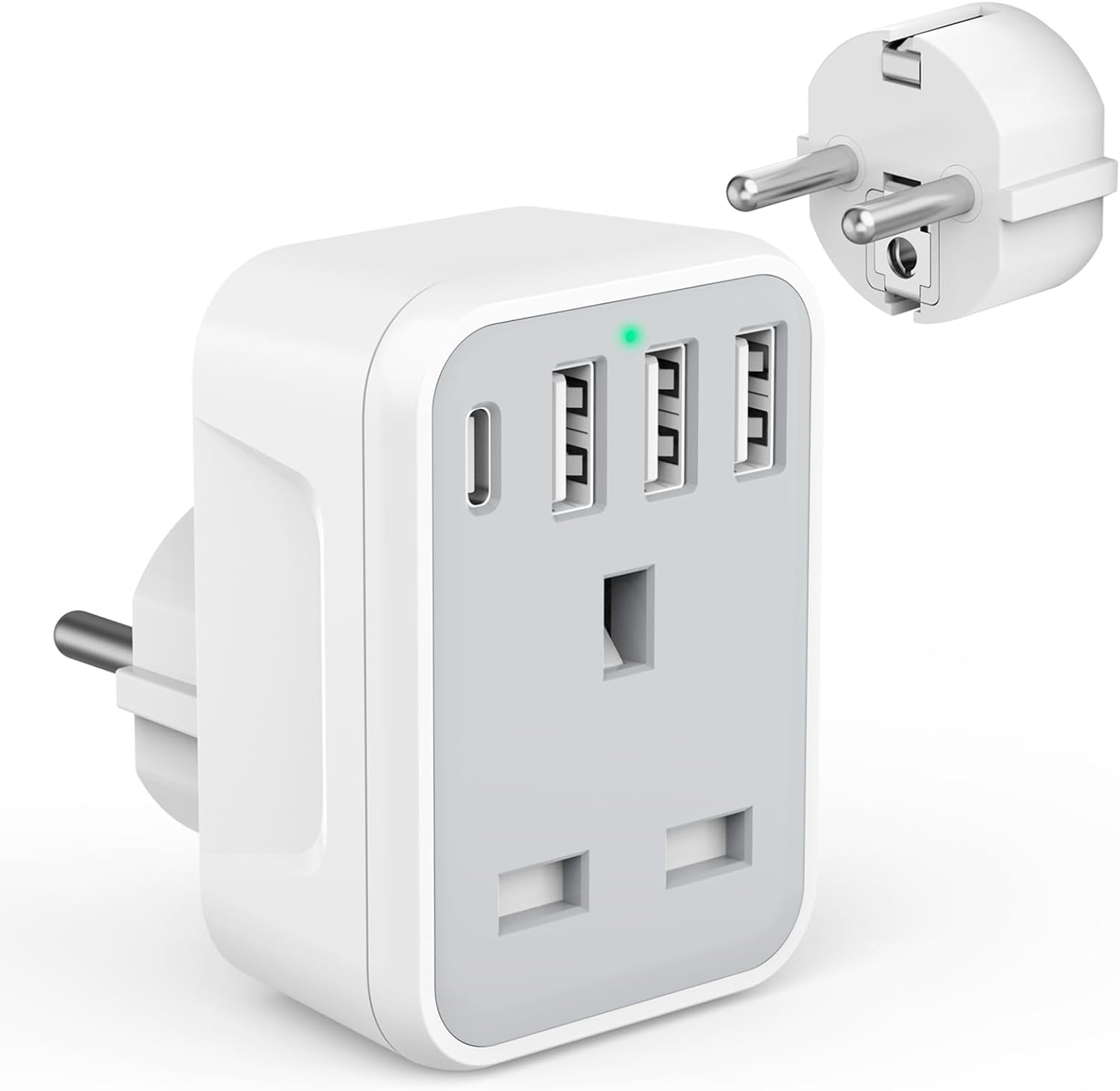I spent exactly 28 days in Japan on my longest trip there, and I tracked every expense in a spreadsheet. My total came to $4,200 including the JR Pass, a mix of hostels and mid-range hotels, and eating at convenience stores more than I care to admit. A friend did the same trip at $7,500 by staying in nicer hotels and eating at sit-down restaurants every meal. Japan can cost almost anything you want it to – the convenience store bentos and ¥500 ramen shops make budget travel genuinely comfortable, while the ryokans and kaiseki restaurants offer experiences that justify their premium prices.
Japan offers everything from budget hostels to luxury ryokans. Here’s a realistic breakdown of costs for a month-long trip.
Total Cost Summary
| Travel Style | Monthly Cost (USD) |
|---|---|
| Budget | $2,000 – $3,000 |
| Mid-Range | $4,000 – $6,000 |
| Luxury | $8,000 – $12,000+ |
Excludes international airfare
Accommodation
| Type | Nightly Cost |
|---|---|
| Hostel dorm | $20-$40 |
| Capsule hotel | $47-$95 |
| Guesthouse | $75-$100 |
| Mid-range hotel | $100-$250 |
| Airbnb | From $50 |
| Ryokan (with meals) | $150-$400 |
| Luxury hotel | From $300 |
| Upscale ryokan | $500+ |
Major cities like Tokyo and Kyoto cost more. Smaller towns offer better value.
Transportation
Japan Rail Pass
| Duration | Cost (USD) |
|---|---|
| 7 days | $330 |
| 14 days | $530 |
| 21 days | $690 |
The JR Pass covers unlimited travel on JR trains including the Shinkansen (bullet train). Worth it for extensive travel.
Local Transportation
- Metro/subway: $1.50-$5 per trip
- Buses: $1-$3 per trip
- Domestic flights: $70-$210 one-way
- Overnight buses: Save on accommodation and transport simultaneously
Many cities offer day passes for unlimited local transport.
Food
Budget Options
| Item | Cost |
|---|---|
| Convenience store meal | $3-$5 |
| Fast food | $5-$8 |
| Ramen shop | $8-$12 |
Mid-Range Dining
| Item | Cost |
|---|---|
| Local restaurant | $10-$20 |
| Izakaya (per person) | $15-$30 |
| Sushi restaurant | $20-$40 |
Drinks and Snacks
| Item | Cost |
|---|---|
| Coffee | $3.30 |
| Sake (restaurant) | $3.30-$4.60 |
| Bottle of sake | $12 |
| Cocktail (speakeasy) | $13 |
| Ice cream | $2 |
| Convenience store pastry | $1.30 |
Fine dining and kaiseki meals start at $100-$200 per person.
Activities
| Activity | Cost |
|---|---|
| Temples/shrines | Free – $10 |
| Museums/gardens | $5-$15 |
| Castles | $5-$15 |
| Theme parks (Disney/Universal) | $70-$100 |
| Tea ceremony | $15-$50 |
| Onsen (public bath) | $5-$15 |
Many temples, shrines, and parks are free. City tourist passes often bundle multiple attractions.
Additional Costs
- Visa: Free for many nationalities (90-day tourist visa)
- Travel insurance: $50-$150/month
- Pocket Wi-Fi/SIM: $30-$60/month
- Souvenirs: Budget varies
Add 10-20% buffer for unexpected expenses.
Power Adapters
Japan uses Type A plugs (same as North America). Voltage is 100V – check your devices support this. Most modern electronics (phones, laptops) work on 100-240V.
See our Japan travel adapter plug guide for details.
Money-Saving Tips
- Eat at convenience stores – 7-Eleven and Lawson have quality ready meals
- Use overnight buses – save on transport and one night’s accommodation
- Get city passes – bundle transport and attractions
- Stay in capsule hotels – unique experience at hostel prices
- Visit free attractions – many temples and parks cost nothing
- Shop at supermarkets – discounted bento boxes in evenings

